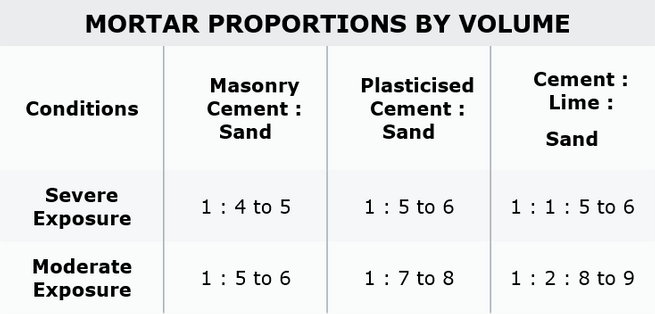Stooled Cills
It is good building practice to follow the recommendations stated in BS8000 Part 3 : 2001, ie that only the ends and Cill joints of Stooled Cills, should be bedded on mortar during construction. The joint below should be left open, and pointed up after the brickwork is finished.
Decorative Heads
All the Heads manufactured by Stone by Design LTD, are non structural and should be used in conjunction with a suitable load bearing lintel. Load bearing lintels are normally used below the Decorative Head, to support the Head itself and the entire brickwork load above. To reduce the risk of cracking, Decorative Heads should be fully bedded down on mortar, along the entire length of the load bearing lintel.
Copings
It is good practice that all Coping units have drip grooves to the underside, with the drip point being a minimum of 20mm away from the face of the wall. A flexible dpc will be required below a Coping unit to prevent the downward transfer of moisture into the wall. This dpc should be bedded on both sides, so that it is sandwiched in the joint, and projecting 5mm beyond each face of the wall below.
In parapet walls, a stepped cavity tray will be required which should fall a minimum of 150mm across the cavity. Weepholes, 75mm high are required at a maximum of 1metre centres.
Movement Joints
Vertical movement joints should occur at intervals of 6 metres, in long lengths of Cast Stone Masonry.
Differential Movement
Due regard should be given to the possible effects of differential movement, between various types of building materials. Cast Stone products in general experiences long term shrinkage, whereas clay bricks suffer from irreversible moisture expansion, and so these materials should be separated because their movements are different in both magnitude and direction. To reduce the potential for movement, it is also important that the units are correctly bedded on a full bed of mortar, except Cills and Thresholds. DPC’s should always be sandwiched in the joint, so that they are bedded on both sides. Under no circumstances should Cast Stone units be laid dry on top of DPC’s.
Where two differing materials are used together in the same construction, they should be separated by a slip plane. Slip planes should be designed to allow parts of the construction to slide, one in relation to the other, so reducing the shear stresses in the adjacent materials. The slip plane should contain two layers of smooth incompressible sheet material, or an applied coating to form a separating membrane. Often these details double up as dpc cavity trays. In principle the details should be checked to ensure that any differential, movement is free to take place.
To reduce the effects of differential movement, it is recommended to provide bed joint reinforcement for two courses above and below all openings, extending no less than 600mm either side of the opening. It is also important to specify the correct grade of mortar. Strong mortars should be avoided, as these can concentrate the effects of differential movement, over restraining the Cast Stone units and possibly resulting in cracking.
Mortar Recommendations
Masonry cement/sand and plasticised cement/sand mortars are suitable for use with Stone by Design's Architectural Cast Stone. However, mortars containing lime are highly recommended as they have a lower permeability and give greater resistance to rain penetration. Additionally, any voids and hairline cracks that may develop in lime mortars, are likely to seal themselves over a period of time.
Mortars must be able to resist frost and develop durability quickly. However, unnecessarily strong mortars concentrate the effects of any differential movement. The reason is that too much restraint is offered by strong mortars, and that this can cause distress to the Cast Stone by preventing the shrinkage process taking place. If strong mortar is used in the jointing/pointing process, then damage may occur as the strong mortar shrinks away, perhaps pulling some of the arris with it. Strong mortars shrink considerably and also have a higher bond strength.
Handling and Storage
Stone by Design's Architectural Cast Stone units, are supplied banded and shrink wrapped on pallets for ease of handling. Care should be taken when moving Cast Stone units around the site. Please read the following guidelines:
Pallets should be stored on flat ground and never double stacked.
The shrink wrap cover should not be removed, until the products are ready to be installed.
Products should not be stored face to face, without the use of a suitable interface material.
After installation, it is recommended that the Cast Stone products are protected against damage from other on site work.
The recommended grades of mortar are:

Stone by Design LTD
Unit 12 Brierley Industrial Park, Brierley Park Close, Sutton-In-Ashfield, Nottingham,
NG17 3JZ, United Kingdom

01623 442 095
© Copyright. All Rights Reserved. Stone by Design LTD 2024